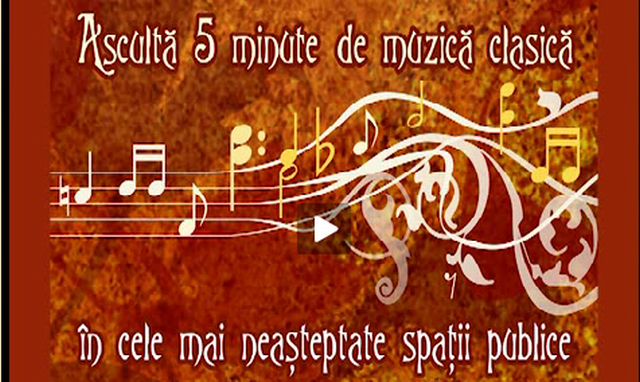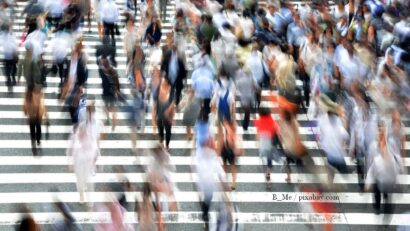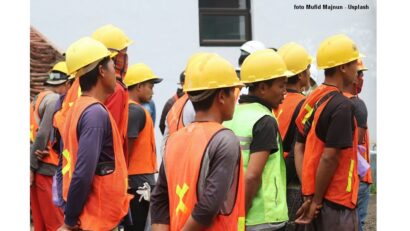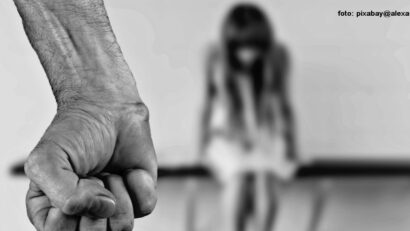Art Education in Romanian Schools
15 September is back to school day in pre-university Romania, the end of summer vacation.

Christine Leșcu, 17.09.2014, 13:26
15 September is back to school day in pre-university Romania, the end of summer vacation. For the 3.2 million students starting class once again, this year has surprises, some pleasant, some not so pleasant. Second graders got one of the latter, as they found themselves without textbooks. The reason for that is that some publishing houses who bid on having their textbooks on the curriculum have filed complaints with the national authority in charge, claiming irregularities, which resulted in the authority organizing a new bid for textbooks, both printed and digital.
The good news is that new subjects have been introduced. Primary school students can choose an optional course in architecture and man-made environments, while students in music high schools have an option for a course in jazz history. A pleasant surprise is brought to students by Radio Romania Music Channel, which signed a protocol with the Ministry of Education as part of a project called ‘5 Minutes of Classical Music Listening’. This program will become a national school program starting this year. Cristina Comandasu, editor-in-chief at the national music channel, explained the project:
“The initiative appeared in 2010, and our channel has been preparing this since then. It has been around since that year as a biannual event, organized in unconventional spaces where a large audience could gather, but unusual for classical music: hypermarkets, malls, company headquarters. However, our main goal was to make this kind of music available to young Romanians.”
Thanks to the partnership with the Ministry of Education, audio files with the five minutes of music can be sent through the Internet to all schools in the country, and would be available to any class, not just music class. Here is Cristina Comandasu with the details:
“These music pieces become teaching aids in music class, but can be used in others as musical background for other activities, such as in arts. Through a centralized system we are sending to key persons, usually inspectors, these audio files. They, in turn, send them to schools, and this is how we make sure the program is implemented nationally. This is a unique package. The same exact pieces, 31 of them, can also be heard in public spaces. They are works in all music styles, from Baroque to modern, what we refer to as the greatest hits of classical music. We wanted to bring to the fore these perennial value, familiarizing children with them so that they can take the next step towards less accessible things.”
Mihai Iacob, a researcher with the Educational Sciences Institute, said that even more artistic areas can produce works that can be used in a non-conformist ways in regular class:
“The arts can be used in technology education or history, absolutely any class, because it stimulates children. Class becomes more dynamic, it is not limited to a teacher who recites the lesson. After that, by exposing them to art, we allow children access to a larger range of things.”
Art can be used in a variety of areas besides class. Through it, children can build social skills, overcoming emotional barriers, as shown by projects that Mihai Iacob attended in underprivileged communities:
“We collaborated with artists who went to underprivileged communities to work with children there. We had such projects in Azuga, in Contesti village in Teleorman, where we worked with one contemporary and one traditional dance choreographer. This summer we organized an icon painting camp near Brasov. Art is a very potent tool for motivation, for putting to work children’s energy, but it has to be part of a process. Children have to digest the artistic experience.”
Considering all these advantages, is art present enough in schools? Raluca Pop, Manager of the MetruCub Cultural Resources association, gave us an empirical answer:
“It is insufficient, but I would like to point out one thing. I provide interface with organizations and artists who work with schools, and that is why I am able to notice a huge difference between urban and rural. A lot of our innovative activities, especially when working with artists and artist organizations, are polarized in urban areas, leaving a void in the countryside. This happens both for financial reasons, and because NGOs are generally concentrated in cities.”
Irrespective of the place where the experience occurs, it is stronger as the students get more involved. Raluca Pop:
“What I think works at this time, and maybe more should be done, are partnerships between organizations and schools, but they should be outside school. Also, gymnasiums can be used for this purpose better. It is a big difference between the impact that art has on children when it is consumed passively, when they go to a show or visit a museum, and when they are involved directly. The greatest impact appears when the child practices art: they learn an instrument, they are in a dance troupe, or act in a play.”
Right now, the Educational Sciences Institute of Bucharest is running a study to get more exact data on art in schools, as well as for finding out the wishes of students, parents and teachers regarding this aspect.






























